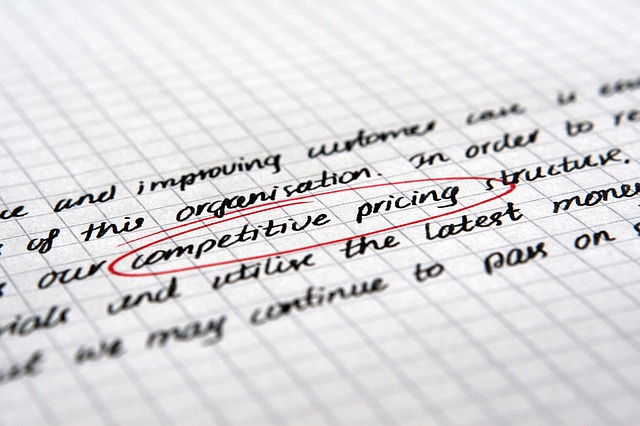The classification of products and services is a process that groups together certain products/services that carry similar characteristics in terms of price level, similarity between competing brands, and the way consumers approach them in the buying process. This helps marketers to build “Types” of marketing strategies for similar products
Effective pricing strategies are essential for the success of a product, and by extension a company in general. Supply and demand, elasticity, durability of the product, and price of the competition all come into play!
The Product Life Cycle is the series of phases a product moves through in its lifetime, which include introduction, growth, maturity, and decline. Each stage transforms the role of the product managers, salespeople, and other parts of a company – as well as the products themselves.
Liabilities are the expenses a company must pay in the future – and are subtracted from a company’s assets to find “Shareholder Equity”. Liabilities can be accounts payable (bills they have but haven’t paid yet), outstanding contacts (services they agreed to provide but have not yet completed), pension obligations, or any outstanding debt.
“Assets” are things a company owns that have value. This can be equipment, patents, cash in the bank, accounts receivables, property, or anything else of value that could be theoretically sold, if the company went bankrupt.
Just like we all care about our personal health, managers and investors care about the health of their company. How can they perform a “check-up” on their business in order to determine its progress and financial health? Instead of weight or blood pressure, analysts use financial ratios.





